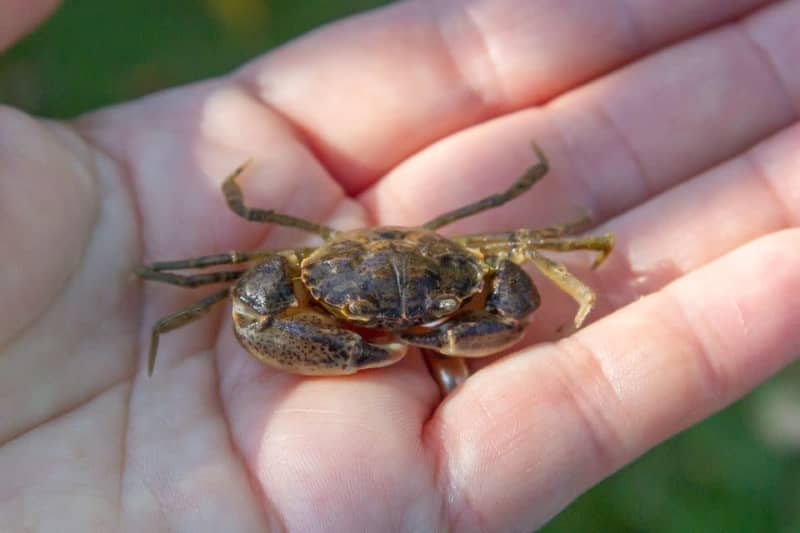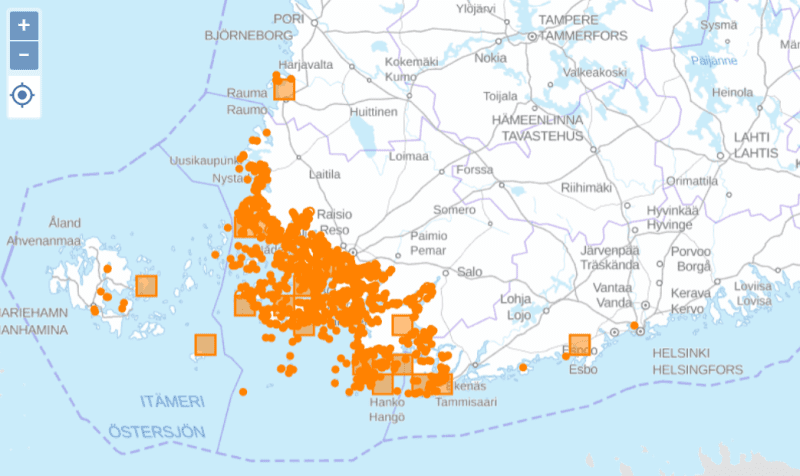
Mud crab can affect native species in the Baltic Sea. The Finnish Environment Institute is asking people to report sightings of mud crab, especially in the Helsinki Metropolitan Area and the Gulf of Bothnia.
Flame crabs continue to spread in Finland. It has now been sighted as far away as the Helsinki Metropolitan area, says the release.
The mud crab, a native of North America, first appeared in Naantali waters in 2009. From there it spread to the Saaristomer, where the crab population is most abundant.
For a long time, the crabs did not spread from there, but in late summer they were spotted off Kirkkonummi, Espoo and Helsinki.
Crabs have also spread in the Gulf of Pohjanlahti, and the northernmost sightings have been made in the Rauma region. In addition, they live in the waters of Åland, says Syke.
Sightings of flame crabs wanted
Once abundant, mud pocket crab can affect native species of the Baltic Sea. The slime crab eats crustaceans, snails, clams and worms, among other things.
Syke is hoping for people to report sightings of mud crabs, especially from their new areas of occurrence, i.e. the capital region and Pohjanlahti.
The mud pocket crab can be mixed with two other non-native species, i.e. young woolly scissor crabs or beach pocket crabs. However, the mud crab does not have clear bumps on the front edge of the shell, but instead has a small notch in the middle.
The dorsal shield of an adult mud pocket crab is a maximum of about 2.5 centimeters wide and its color varies from brown to olive green. There may be spotting on the back and on top of the scissors, while the front edges and underside of the scissors are often pale.
Pocket crabs must not be moved from one area to another, reminds Syke. In addition, the observed specimens should be removed from the sea.
*You can discuss the topic until Thursday 17 November 2022 at 11 pm.*

